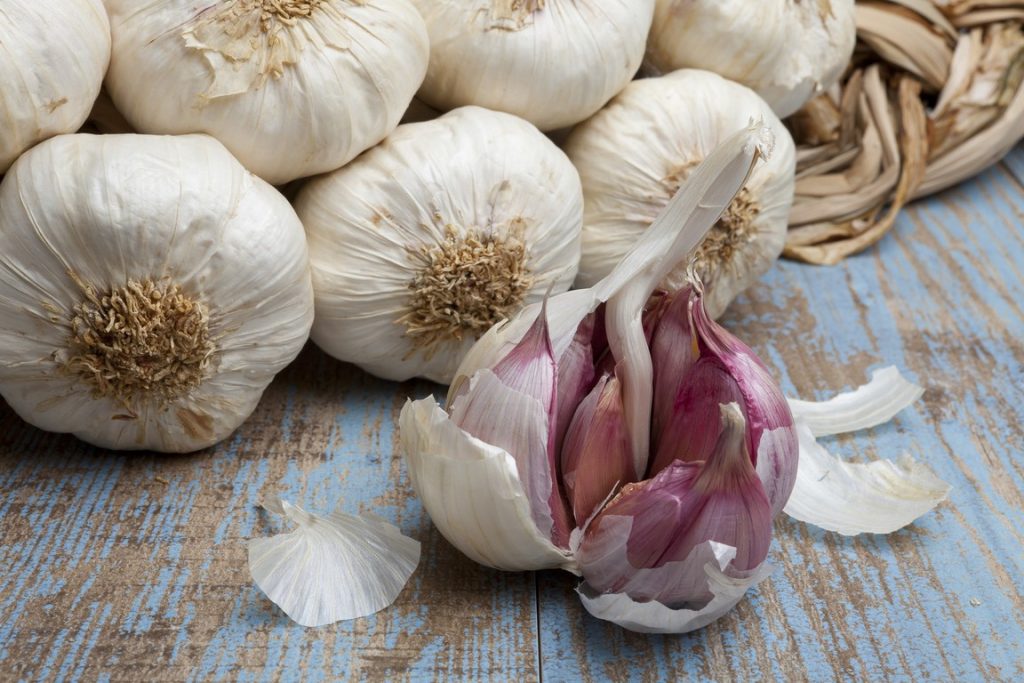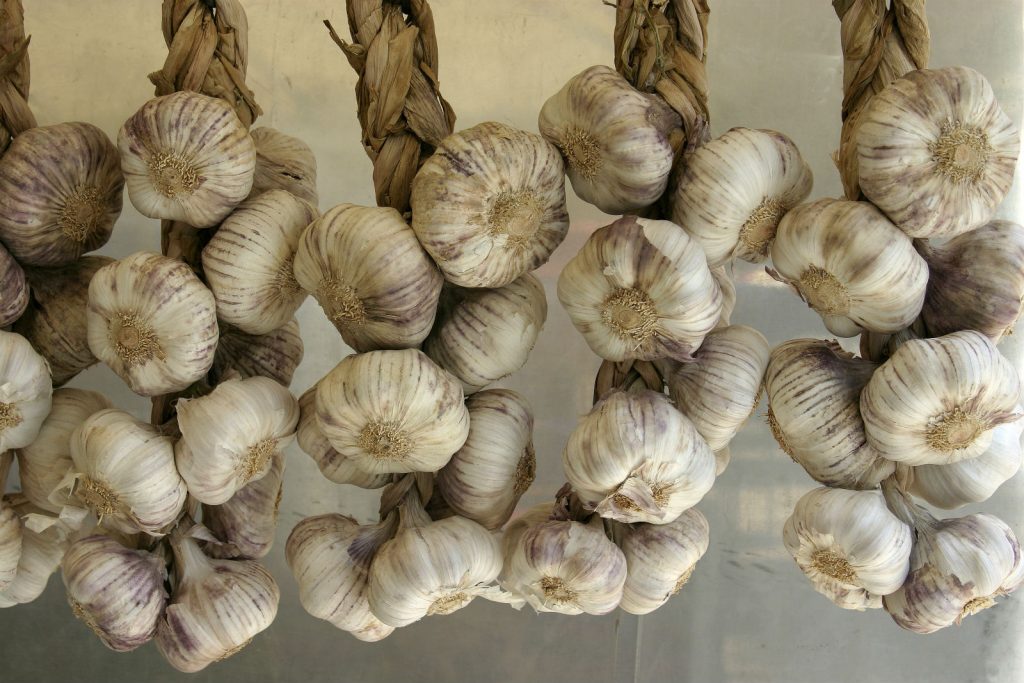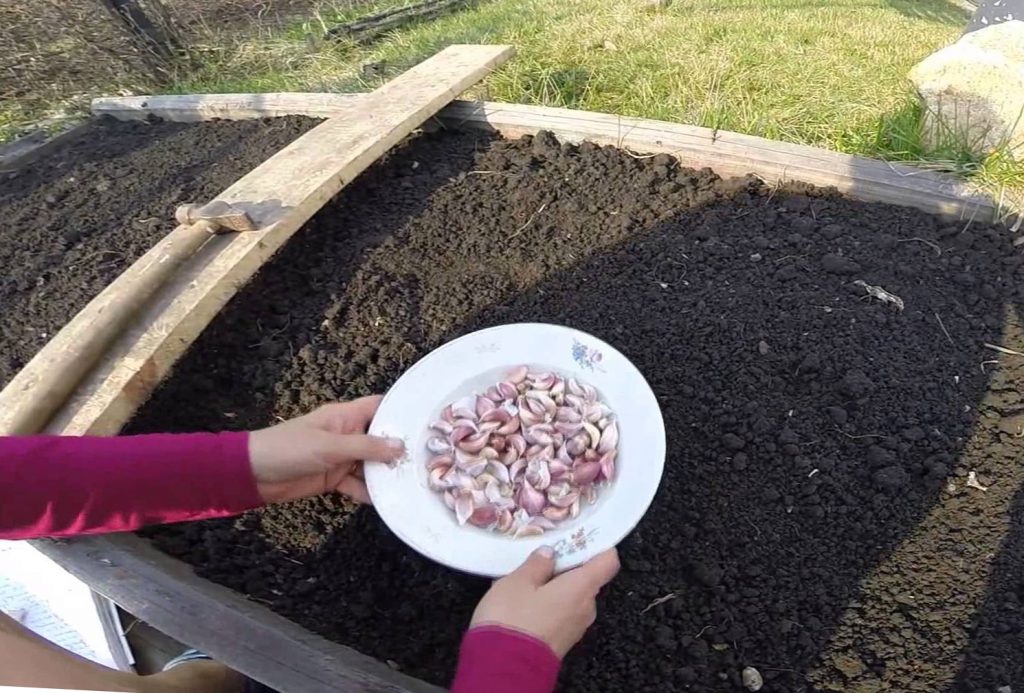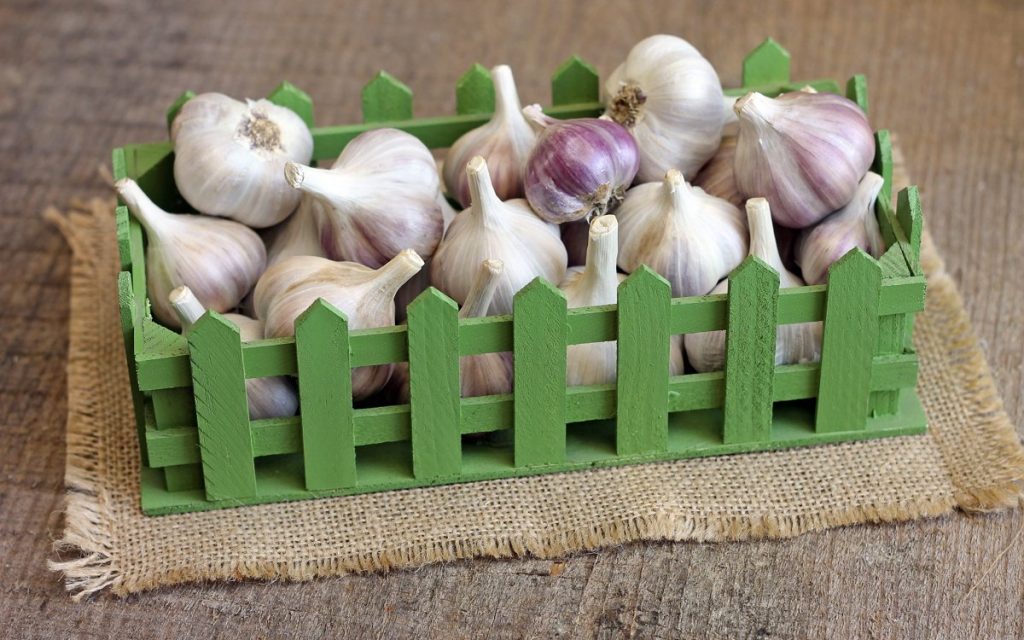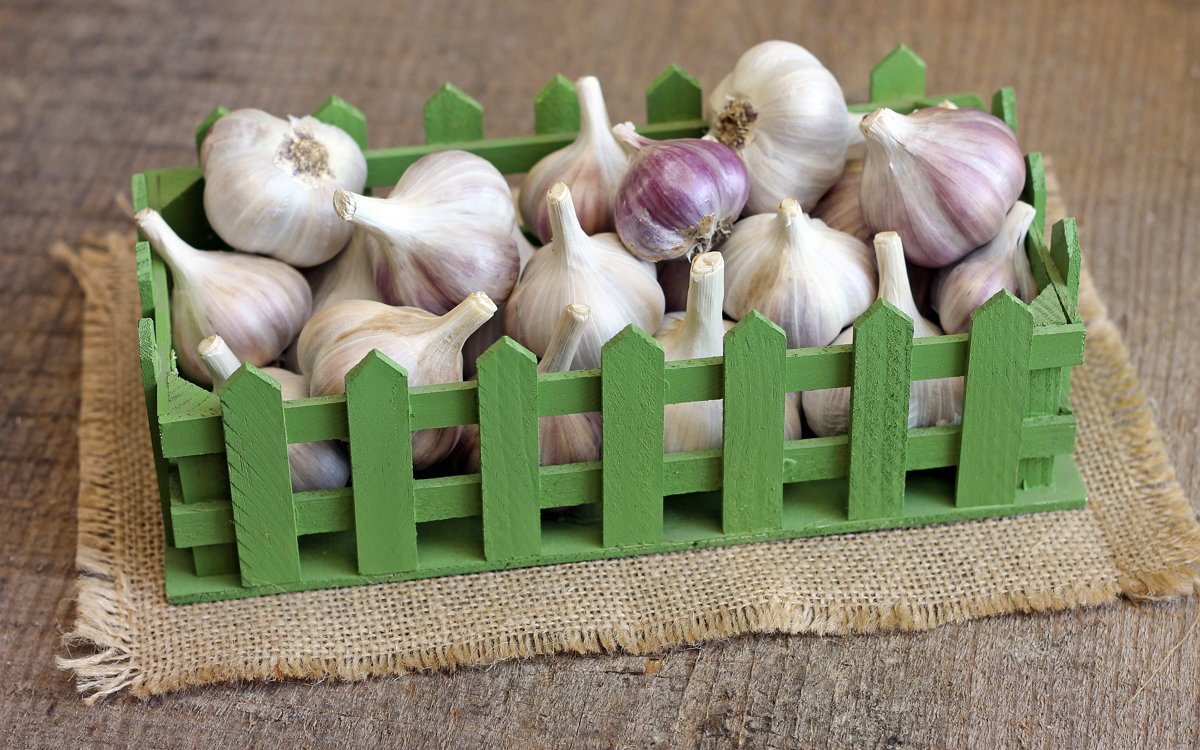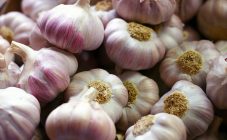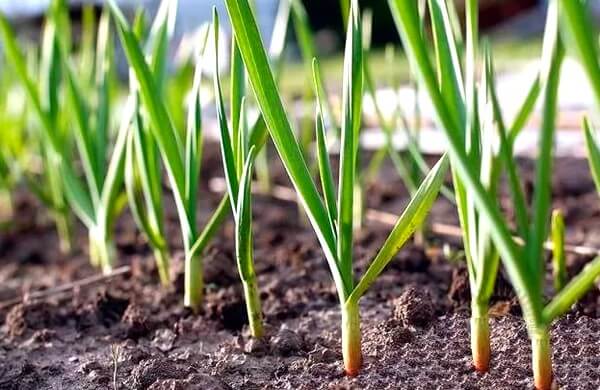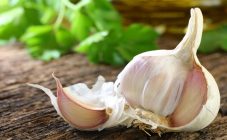Content:
Everyone knows why garlic is so prized, what its medicinal properties are, and how it is needed in cooking. Vegetable growers plant this culture one of the first, because growing garlic is very simple, but the harvest is great, and the taste pleases every lover.
Spring garlic is a hardy perennial plant. Its bulb has a complex structure, it consists of small cloves. This species cannot bring such a rich harvest, but it perfectly compensates for the shortcomings with its storage for a long time. Ideally, it can retain all the beneficial properties for up to one and a half years.
Differences between winter and spring garlic
Spring and winter garlic - what is the difference between these types? Perhaps the main difference between these two vegetables is the planting time. Winter varieties are grown, as a rule, in the autumn season, and spring varieties - in the spring. But this way of recognition is not entirely correct, because any type of garlic can be planted both in spring and autumn. It's just that the biological characteristics of crops are different, so they should be planted precisely at one time or another.
Winter varieties take root best in the fall, as they have a higher chance of withstanding the cold. By planting garlic in the fall, you can free up time to grow other plants, and early harvests allow you to use garlic to harvest other garden crops.
Hence, planting times and storage times are conditional differences between varieties. They can be planted both in spring and autumn, but it is worth remembering that if you do not observe the time periods, you can not think about a good and high-quality harvest.
In addition to these characteristics, the varieties have more obvious and characteristic differences. How to distinguish winter garlic from summer
They should be distinguished by the following features:
- Varieties can differ in the number of teeth in the bulb. Winter garlic has less than spring garlic (6-10), but they are much larger;
- Winter garlic has smoother cloves, with an even amount. They are evenly distributed around the stem;
- In spring garlic, the number of cloves exceeds 15 pieces. They are located in a chaotic manner and vary in size;
- The husk is also different for both varieties. Winter varieties have a harder and more dense shell, but the husk of spring garlic is soft;
- The structure of the bulbs of the winter variety has a thick and hard core in the center, but it is not observed in the spring variety;
- Winter garlic is the only one who "lets out" arrows, from which grow bulbs that can add variety to planting methods. This is the clear difference between the varieties. Of the spring varieties, the only one who shoots is "Gulliver";
- In spring garlic, the stump is tender and of small thickness, while in winter garlic it is firm and dense;
- The soil of the varieties also has characteristic differences. If the winter variety feels good in sandy loam soils, then only light loamy soil is suitable for the spring variety. The first type is also distinguished by its frost resistance;
- You can also distinguish between cultures by reproduction. Spring is propagated by cloves, winter - by air bulbs.
Perhaps these are the most important points that answered the question: how does spring garlic differ from winter garlic?
The varietal diversity of this species is great. Below are the best and most popular varieties of spring garlic.
Types of spring garlic
Victorio
It is an early maturing, high-yielding species. It has no arrows, the main feature is its high resistance to pests and various fungal diseases. The bulbs are rounded, slightly flattened at the top and bottom, the scales are yellowish-white in color. The leaves grow up to 20-25 cm in height, and in width - no more than 1-1.5 cm. With proper care, the leaves are rich green in color, have a slight bloom.
Gulliver
This is the most widespread variety in our country. One cannot help but love him, because he is distinguished by the impressive size of fruits and leaves. The cultivar is medium late and the only arrowhead of the spring species. The growing season lasts from 85 to 98 days.
The leaves of the plant can grow up to 55 cm long and up to 4 cm wide. They are dark green in color, with a thick waxy bloom. One bulb is capable of producing 8 to 12 leaves.
The bulb is covered with grayish scales, the weight varies from 100 to 120 g, but in some cases it can grow up to 250 g. The teeth are contained from 3 to 5, they are quite large.
The variety was bred in 2001 at VNIISSOK, after a while it was recommended for cultivation in all regions.
Yelenovsky
Despite the fact that the variety is classified as spring, it can also be used for planting in the fall. The variety is mid-season, does not shoot arrows. The growing season lasts from 110 to 120 days.
The leaves grow up to 30 cm with a width of 13 mm. They have a slight waxy coating. The bulbs are small, rounded, weighing up to 20-25 g, covered with dry white skin.
One head can contain from 16 to 18 teeth.
Flavor
A French variety that has long gained its fame in countries such as Spain, Holland, Bulgaria, and now in Ukraine and Russia. Non-shooting view.
Medium-sized garlic bulb. It can weigh about 60-80 g. It contains 15-20 small teeth. It is covered with dry, translucent scales.
Planting spring garlic
In order for the crop to be high and fertile, it is important not only to properly prepare the soil, but also to carefully consider the choice of seeds of spring garlic.
When planting, it is important to choose large cloves and bulbs. This should mean that the yield will be high and the bulbs themselves will be large.
It is also important to pay attention to the external component of the teeth. You can distinguish good from bad by their hardness and density. Avoid soft, flaccid teeth that have yellow spots, rot, and mildew.
When planting the cloves, they should not be peeled off. 12 hours before planting, the planting material is disinfected in a solution of potassium permanganate or copper sulfate.
Before planting, the soil should be loosened and leveled. The grooves should be 3-4 cm deep. The teeth are planted with the bottom down. The distance between them should be 8-12 cm. Top the garlic is covered with earth and lightly tamped.
Also, the soil needs mulching. You can use straw or sawdust for this. The thickness of such a layer should be 2-3 cm.
Care
To get a good harvest, he needs to be properly cared for. First of all, the soil must be constantly loosened and rid of weeds. When garlic is just starting to grow, it needs to be provided with enough water. After that, the amount of water gradually decreases.
Be sure to apply mineral and organic fertilizers. As soon as the feather grows 7-10 cm in length, nitrogen fertilizers are applied.
Also, during the summer season, garlic is fed 2-4 times with phosphorus-potassium fertilizers.
Cleaning and storage
Storing spring garlic
When the leaves turn yellow and gradually begin to dry out, you can determine when to harvest - this is the first sign that the harvest of spring garlic is ready to be harvested. Cleaning is done in dry weather, until the second half of September. For the first hour, the plant should lie on the ground, the subsequent time is drying under a canopy, provided that the temperature is warm. You can do this in the attic. During this time, the heads fully ripen. If the heads of garlic are under the scorching sun, this will significantly shorten the storage time.
Plants can be laid out in an even layer on a surface or net. They can also be tied in medium buns and hung. It is important that there are no damages, dents or scratches on the bulbs, otherwise various kinds of microorganisms can penetrate there, because of this, the shelf life will be shorter.
Braided garlic is best kept on the wall. For this, it is recommended to use bags made of paper or cardboard with air access. The bags are stored in a cool dry place. This is a warm storage method. Dried leaves should be cut to 5 cm from the head neck. Cutting too short can damage the bulb. In cold conditions, the garlic bulbs are placed in a dry room or refrigerator with a temperature of +1 to +5 degrees.
Storage of winter crops
In order for the winter species to have a long shelf life, it is not recommended to grow it in damp places and to apply abundantly nitrogen-containing fertilizers to the soil. When the bulbs are ready to be harvested, do not water the soil for three weeks.
Only the best heads of garlic are selected for storage, they must not be damaged, and they must have 3 hard scales that will cover the entire bulb.
Next, the garlic bulbs are sent to dry for about 28 days. They are cleaned, contaminated scales are removed, and cut off if necessary. If there is a need to remove the roots, then they are plucked out or burned over a gas stove, leaving only the bottom.
To keep the harvest in the apartment longer, it is recommended to process it with boiled vegetable oil, adding a few drops of iodine. Then dry in the open air.
It can also be stored in a closet or refrigerator. But it is important to remember that winter garlic is recommended to be consumed first, since it has a certain shelf life, and it is lower than that of spring garlic.
Drawing a conclusion which garlic is better stored for spring or winter, based on the above facts, storage of winter crops is lower than that of spring ones.
Therefore, taking into account all the factors when planting and storing garlic, in the future it will be possible to enjoy dishes and preparations, which include this delicious garlic culture.
